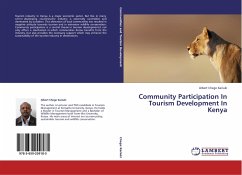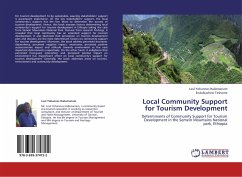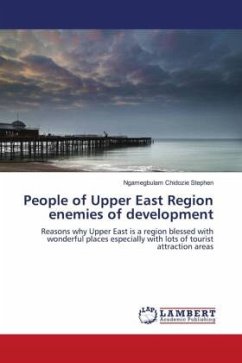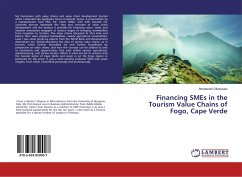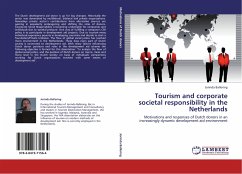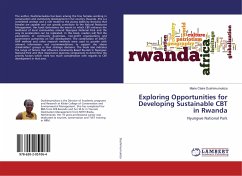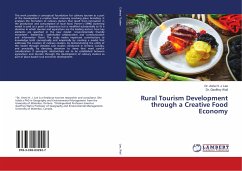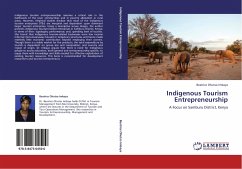
Indigenous Tourism Entrepreneurship
A Focus on Samburu District, Kenya
Versandkostenfrei!
Versandfertig in 6-10 Tagen
52,99 €
inkl. MwSt.

PAYBACK Punkte
26 °P sammeln!
Indigenous tourism entrepreneurship assumes a critical role in the livelihoods of the poor communities and in poverty alleviation in rural areas. However, empirical studies disclose that most of the indigenous tourism enterprises (ITEs) are marginal and dependent upon dominant larger tourism enterprises. Using a descriptive survey design, the author presents indigenous tourism-related enterprises in Samburu District, Kenya; in terms of their: typologies; performance; and, spending level of tourists. She found that indigenous tourism-related businesses were low income informal micro-businesses ...
Indigenous tourism entrepreneurship assumes a critical role in the livelihoods of the poor communities and in poverty alleviation in rural areas. However, empirical studies disclose that most of the indigenous tourism enterprises (ITEs) are marginal and dependent upon dominant larger tourism enterprises. Using a descriptive survey design, the author presents indigenous tourism-related enterprises in Samburu District, Kenya; in terms of their: typologies; performance; and, spending level of tourists. She found that indigenous tourism-related businesses were low income informal micro-businesses housed in temporary structures and hence made relatively little economic contribution beyond employing their owners. Though there is a viable market for the products, the total expenditure by tourists is dependent on group size and composition; and country and region of origin. Dr. Imbaya argues that there is need for indigenous people to access education; both general and entrepreneurship specific, to equip them with knowledge and skills needed for effective exploitation of existing tourism resources. This book is recommended for development researchers and tourism entrepreneurs.



